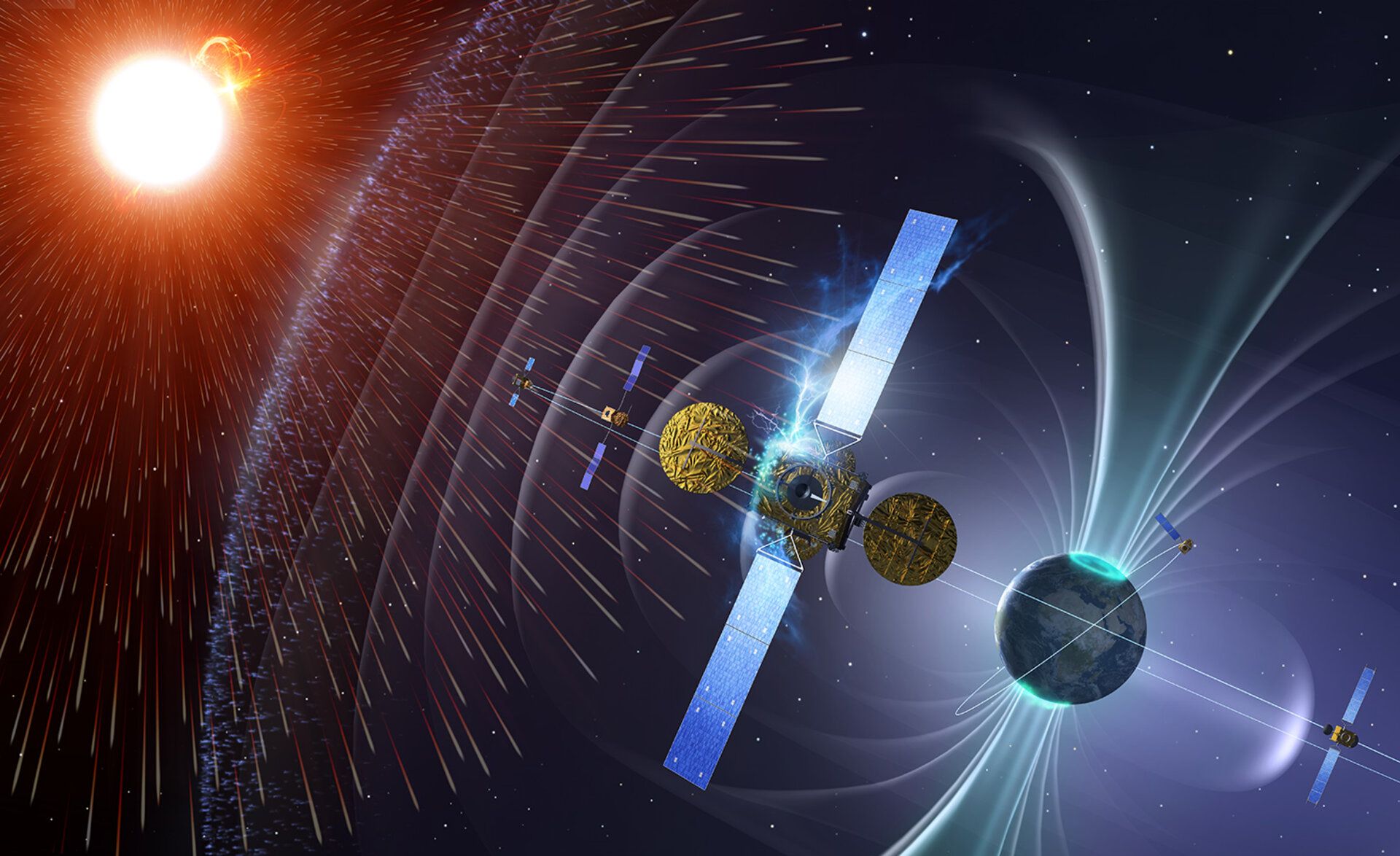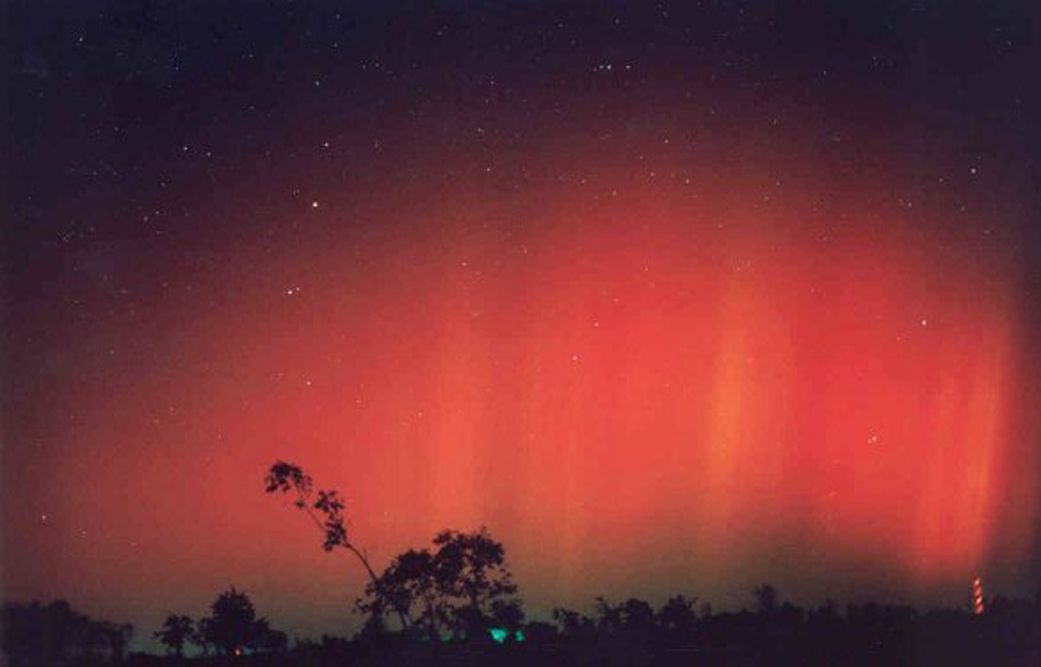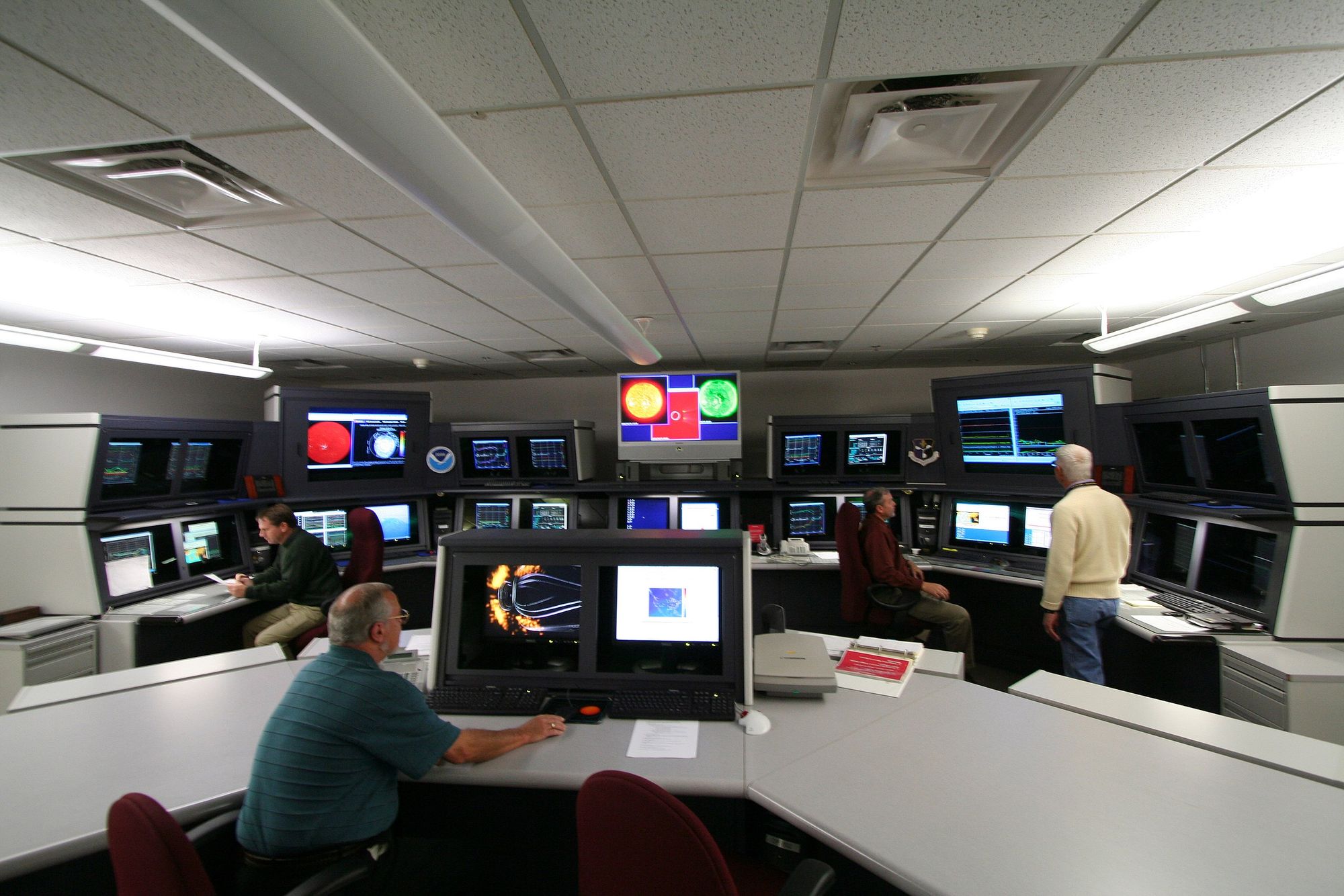Solar Tantrums and Space Domain Awareness
Does space weather affect decision-making in space? Yes, and that means space weather is a necessary component of Space Domain Awareness.

When we talk about Space Domain Awareness, the vagaries of solar temper-tantrums don't always top the list. However, space weather is a big deal! Old salts in the Space Domain Awareness community no doubt consider inclusion of space weather as necessary and obvious. This article is intended to concisely introduce new professionals, space boffins, policy wonks, and decision-makers to foundational motivations and reasoning. So, how are space weather and Space Domain Awareness related?
Space weather (SWx) is a necessary component of Space Domain Awareness (SDA). Spacecraft and space infrastructure are affected and knowledge production in SDA systems is heavily impacted by space weather. Discriminating between threats and hazards and enabling decision-making is a core SDA mission; capabilities to measure, understand, and predict space weather are core elements of SDA systems.
To crack this nut we need to 1) understand space weather and what it does to space systems, 2) how space weather affects SDA, and 3), whether space weather is part of or distinct from Space Domain Awareness.
Let's get cracking!
1) What is Space Weather?
While space weather is not my area of research, I am spoiled that excellent space weather researchers and experts are just down the hall from my office. The Space Weather Technology, Research and Education Center (SWx TREC) at the University of Colorado Boulder defines space weather (SWx) as:
"Space weather is generally described as events and disturbances originating at the Sun that propagate and interact with geospace to produce impacts on humans, signals and engineered systems. A slightly broader definition additionally considers:
1) Disturbances and variations in Earth’s space-atmosphere interface region that may propagate upward from Earth’s surface and lower atmosphere;
2) Influences of cosmic rays on humans, hardware and Earth’s atmosphere; and
3) Similar disturbances at other planets that humans or their hardware may visit." (SWx TREC)
A more concise definition from the US National Space Weather Strategy And Action Plan (2019) defined space weather as "comprising a set of naturally occurring phenomena that have the potential to adversely affect critical functions, assets, and operations in space and on Earth."
Now we understand the definition and some impacts of space weather. Let's talk a little about the underlying physics and causes of these effects.
The Sun is a Mass of Incandescent Gas
Yes, that is a They Might Be Giants reference.
A flux of charged particles emanate from the sun. We call this the solar wind. Because these particles are charged, they are also affected by (and affect) the interplanetary and Earth magnetic fields. Combined with phenomena such as coronal mass ejections, these interactions result in geomagnetic storms, aurorae, and induced currents on the Earth's surface. There are a variety of other phenomena and consequences for which I refer the reader to Wikipedia. For now, let's focus on spacecraft and infrastructure.
Spacecraft in Space Weather
Just as a ship in the ocean or an airborne aircraft must pay close attention to weather, so must spacecraft be aware of space weather.
As described earlier spacecraft can suffer a variety of faults or failures from space weather.
"From a national security perspective, the US National Space Weather Action Plan (2015) notes space-weather events as naturally occurring phenomena that have the potential to disrupt electric power systems; satellite, aircraft, and spacecraft operations; telecommunications; position, navigation, and timing services; and other technologies and infrastructures that contribute to the Nation’s security and economic vitality." (SWx TREC)

From Wikipedia:
"Some spacecraft failures can be directly attributed to space weather; many more are thought to have a space weather component. For example, 46 of the 70 failures reported in 2003 occurred during the October 2003 geomagnetic storm. The two most common adverse space weather effects on spacecraft are radiation damage and spacecraft charging." (Wikipedia)
Much more recently, in 2022 the Galaxy 15 spacecraft is thought to be lost due to space weather effects.
Also, a February 2022 SpaceX launch saw a spike in atmospheric density from a minor geomagnetic storm, causing most of the Starlink spacecraft to unintentionally deorbit (38 of the 49 satellites). I should add that the satellites were launched into a low altitude orbit intentionally during their systems checkout as part of good practices space debris mitigation.
Other effects include the energizing Earth's atmosphere, 'inflating' the Earth's atmosphere to higher altitudes. This produces higher and unpredictable atmospheric drag effects in Low Earth Orbit (LEO), making spacecraft and debris trajectories difficult to predict.
"Space weather is the main source of uncertainty in the position of objects in Low Earth Orbit (LEO) due to its impact on atmospheric drag." (pg. 1, Flying Through Uncertainty)
Needless to say, ionizing radiation from these storms are bad for astronaut health, too.
Impacts on Terrestrial Space Infrastructure
The Earth's surface, wrapped in the Earth's magnetic field, is also affected by space weather.
"Extreme space weather events can degrade or damage critical infrastructures, which may result in direct or cascading failures across key services such as electric power, communications, water supply, healthcare, and transportation." (SWx TREC)
The Carrington Event is famous for disrupting telegraph service across much of Europe North America through induced currents. There are dire predictions for what such an event would precipitate today.
Oh dear - I fear I've spent too much time on space weather. Let's move on to understanding how space weather affects SDA.
2) How does it Affect Space Domain Awareness?
We've reviewed how space weather can interfere with, damage, or destroy spacecraft, space infrastructure, and terrestrial systems. Our intuition tells us that SDA must be affected. Let's discuss how.
Discriminating Between Threats and Hazards
A principle concern in SDA is whether a given object / event is a threat or a hazard. What's the difference between a hazard and a threat?
I'll paraphrase a discussion I had with Dr. Moriba Jah some years ago. A hazard has the capability to cause harm. A threat has both capability and intent to cause harm.
What does this have to do with space weather?
Using the 'threat' and 'hazard' nomenclature, space weather is a hazard. It has the capability to inflict harm, but because it's a natural phenomena it does not possess the intent to do so.
How does a 'threat' or 'hazard' classification affect SDA? A decision-maker must consider: "did my spacecraft fail because of nefarious activities, a space weather event, or something else?"

Space weather and aggressive behaviors can both generate similar symptoms in spacecraft, space infrastructure, and terrestrial systems - damage and failure. How can we discriminate them?
Are there other corroborating pieces of evidence? Are there relationships in timing between multiple spacecraft or space weather sensors? Can intent be inferred?
Threat vs. hazard? Well, that makes all the difference.
The Halloween Storm of 2003
A 2003 geomagnetic storm on 29-31 October substantially disrupted space domain decision-making around the world.

In the article Flying Through Uncertainty, Dr. Berger et al. relate how this impacted SDA activities:
"[I]n the last extreme geomagnetic storm on record, the great Halloween Storm of 2003, anecdotal testimony from USAF operators during the storm recounts that the majority of LEO satellites were temporarily lost, requiring several days of around‐the‐clock work to reestablish the catalog." (pg. 3, Flying Through Uncertainty)
Did the Halloween Storm of 2003 space weather affect SDA (then SSA)? Yes. If it took several days to regain custody of a large fraction of LEO spacecraft in 2003, the 'timeliness and quality' of SDA knowledge used for decision-making was affected.
Knowledge Destruction and Production
A previous article introduces the idea that SDA is a knowledge production system (LINK). Monitoring and predicting space weather requires the collection, synthesis, and understanding of knowledge.
However, when a large space weather event occurs, existing knowledge regarding satellites and space infrastructure becomes quickly outdated or moot. If orbits have changed, custody is lost, and systems are temporarily unavailable or inoperable, there is much for an SDA system to do to respond.
When reefs of meticulously generated knowledge are rendered unusable an SDA system must endeavor to produce new knowledge (replacing irrelevant knowledge) before decision-makers need it.
3) Is it Part of Space Domain Awareness?
Does it Inform Decision-Making?
Yes, a thousand times yes!
By now we all hopefully agree that characterizing space weather and predicting its effects on individual spacecraft, space, and terrestrial infrastructure informs decision-making. Discriminating whether any damage or failures are due to natural, engineering, or intentional causes is central to making decisions on how to respond.
That is the province of SDA. This is a principle reason that space weather must be a component of a SDA system that needs to make decisions on a tactical time frame, particularly when national security is motivating the decision-making.
Terrestrial Analogues
Other domains experience similar challenges. Can weather affect awareness in other domains? Two great examples are Air Domain Awareness and Maritime Domain Awareness.

In both air and maritime domains, meteorological predictions are integrated into the navy and air force in a number of nations. Weather in the air and on the oceans certainly affects decision-making in those domains.
How is space weather connected to current SDA systems and decision-making in space?
Current Space Weather and SDA Connections
In the United States, the NOAA Space Weather Prediction Center (SWPC) is responsible for understanding and predicting space weather.

The SWPC, located in Boulder, Colorado, feeds its data to a variety of SDA systems in the United States. This includes the USSF and the Office of Space Commerce. Further, as a public and international service, SWPC makes its data and forecasts publicly available online.
Summary
Space weather directly affects SDA systems and their ability to enable timely, quality decision-making. A few specific points warrant emphasis:
- Space weather can and has negatively affected SDA systems and their capability to enable timely, quality decision-making. The 2003 Halloween Storm and Galaxy 15 failures are examples.
- Failures and damage from space weather exhibit similar symptoms to nefarious activities in space; SDA systems must discriminate whether an event is due to a hazard or a threat.
- SDA must include space weather understanding and prediction as a core competency to enable timely and quality decision-making, especially on tactical timescales.
Subscribe to the Newsletter
If you enjoy this content, show your support by subscribing to the free weekly newsletter, which includes the weekly articles as well as additional comments from me. There are great reasons to do so, and subscriptions give me motivation to continue writing these articles! Subscribe today!


